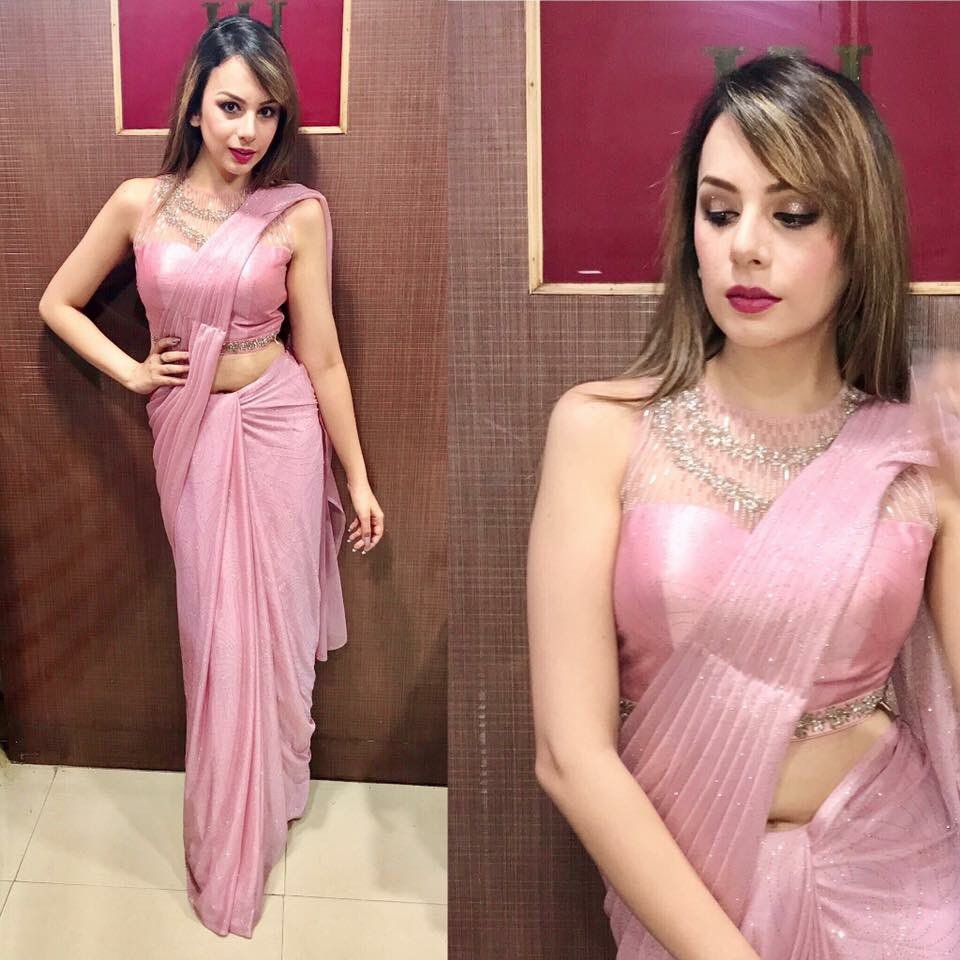
A microblog is a short piece of content designed for quick audience interactions. Microblogging makes it easier to communicate with audience quickly. Rather than writing pages of text, a micro blog allows for quick, conversational connections with audience.
Short microblogging messages appear in various content formats, including audio, video, images and text. The trend for microblogging began when social media emerged.
Which Are Some Microblogging Platforms?
You may be using a microblogging website already without even knowing it. As it turns out, short but frequent social posting online is exactly what most people do. Additionally, microblogging appeals to the mobile browsing community. Examples of microblogging platforms include:
1. Twitter

Twitter is one of the oldest and most well-known social platforms to be put under the “microblogging” category. Twitter is a quick and convenient way to share short posts. While the 280-character limit still exists today, you can now also share videos, articles links, photos, GIFs, sound clips, and more through Twitter Cards in addition to regular text.
2. Tumblr

With over 466 million different blogs, Tumblr is bustling hub of short form content. On this microblogging site, you can create a blog and include links, text, photos, GIFs, videos, Spotify tracks, MP3 files, and more in your posts. When you follow other blogs, their posts will show up in your dashboard. You can also comment on and reblog other blogs’ posts on your own blog.
3. Pinterest

Unlike most microblogs, Pinterest is purely visual. On your profile, you can create Boards, which are collections of pictures curated around a specific topic, post Pins of your favorite pictures, and add Tries, which are notes and photos of ideas you tried, like the new recipes you cooked or new places you traveled to. You can also follow other people’s profiles and topics, which are the most popular Boards that cover specific topics.
4. Instagram

While Instagram is mostly a visual platform — like Pinterest — Instagram also has some shades of Tumblr, letting you add 2,200 character long captions to each photo or video you post on your profile. Some media outlets are even leveraging Instagram to spark a new phase of journalism that focuses on crafting visually-appealing articles.
On Instagram, you can follow other profiles and popular hashtags, discover new content and popular topics, watch long form videos and Instagram stories, comment on posts, tag your friends in posts, and direct message them.
5. Facebook

You might know Facebook as the most popular social media network in the world. But it’s also the most robust microblogging platform out there.
On Facebook, you can create a profile where you can share text-based updates, photos, GIFs, videos, an emotion you’re feeling, an activity you’re currently doing, and the location you’re currently in.
You can also ask for recommendations on where to go, when you’re about to visit a location, tag friends and events in your updates, poll your friends, answer a question about yourself, create fun lists, post Facebook Stories, record live videos, interact with your friend’s updates, message, call, and video chat with them, start groups with them, create events, watch long form videos, sell and buy products, and play games.






